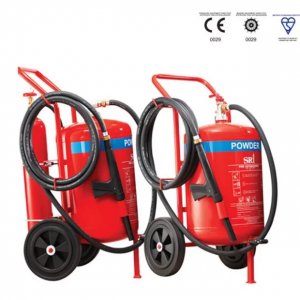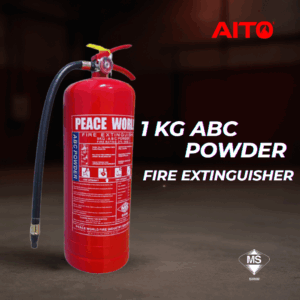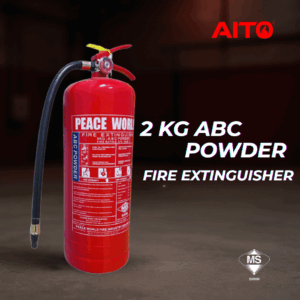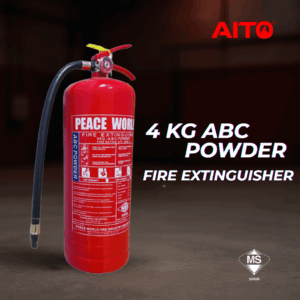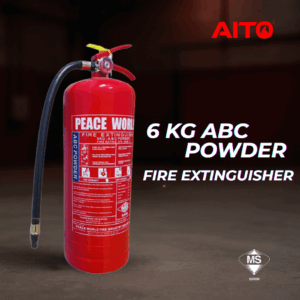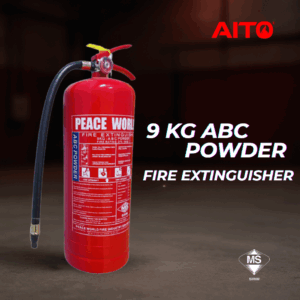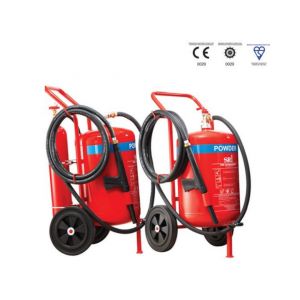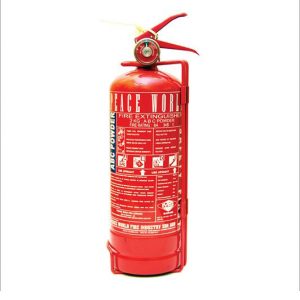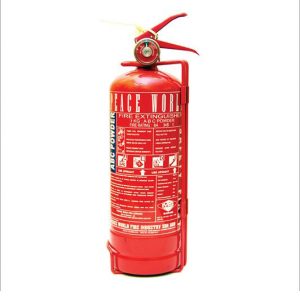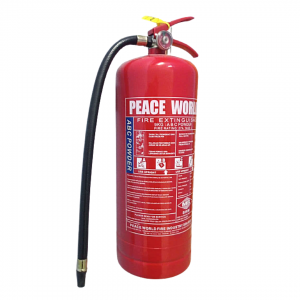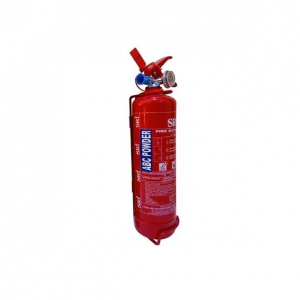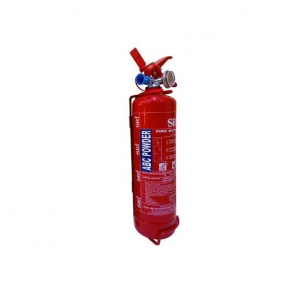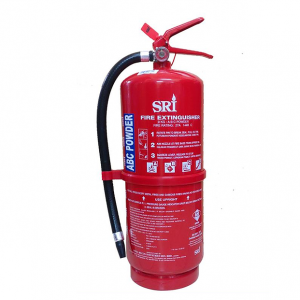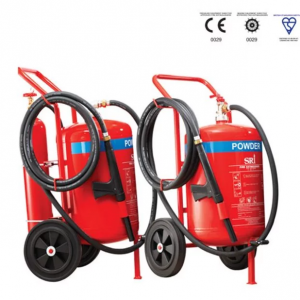Electric vehicle (EV) fires have become an increasing concern as more EVs hit the roads worldwide — including in Malaysia. Although battery technology has advanced rapidly, the risk of lithium-ion battery fires remains significant, and extinguishing them is far more complex than dealing with fires in conventional vehicles.
So, when an EV catches fire, should we use water, foam, or an EV Blanket? Let’s break down the pros and cons of each method.
EV Blanket
An EV Blanket is a specially designed, high-temperature-resistant fire blanket made to cover the entire burning vehicle.
Its main purpose is to cut off oxygen supply to the flames, helping to contain the fire and reduce heat.
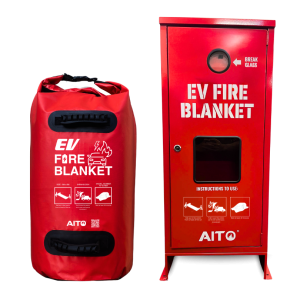
Advantages:
- Blocks oxygen, preventing the fire from spreading
- Reduces smoke and overall heat
- Suitable for lithium-ion battery fires
- Can be deployed quickly before firefighters arrive
Limitations:
- Does not completely extinguish the fire — it mainly contains and controls the flames to stop them from spreading
Water Extinguishing
Water is the most common fire-fighting agent, but when it comes to EV fires, it’s extremely risky.
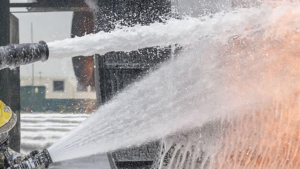
When water contacts an EV battery, it can lead to steam explosions or even electric shock, especially if the battery still holds electrical charge. Additionally, cooling an EV battery requires a massive amount of water — sometimes thousands of liters — to lower the temperature enough to stop thermal runaway.
For these reasons, water should only be used by trained firefighters following strict EV fire-response protocols.
Foam Extinguisher
A foam extinguisher works by covering the fire’s surface, cutting off oxygen, and cooling the burning material. This method is highly effective for oil or fuel-based fires, but not ideal for EV fires.
The main issue is that EV fires originate inside the battery cells, not on the outer surface — meaning the foam cannot reach or suppress the actual source of combustion.

Advantages:
- Works well for conventional fuel or oil fires
- Easy to handle for surface-level fires
Limitations:
- Ineffective for lithium-ion battery fires
- Only helps control flames on the surface, not the core fire inside the battery
Conclusion
Among all three options, the EV Blanket is the most effective for initial containment of EV fires, especially before emergency responders arrive.
Meanwhile, water and foam remain important tools — but should be handled only by professionals trained to manage EV fire incidents safely.
Safety Tip
If your workshop, service center, or premises deals with electric vehicles, investing in an EV Blanket is a smart precaution. This small step could save lives, reduce property damage, and buy valuable time before firefighters take control.
🔥 Enhance your EV fire safety strategy today.
Contact our team at 03-7831 4791, browse our website www.aito.com.my or email [email protected] for expert assistance.



